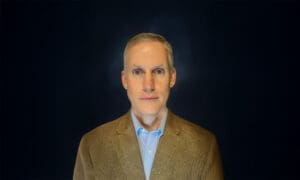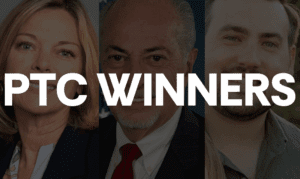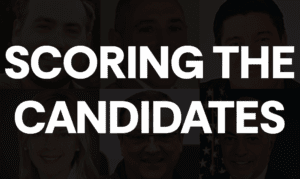While studying for a degree in journalism, I learned the basics for telling a good story and answering questions before they could be asked.
It’s simple, really: Just tell the folks “who, what, when, where, why and how.” I’m trying to teach the rules to Tink. He came home from the barber shop and was telling a story the other day as related by an old man who stopped by.
“Who was it?” I asked.
“I don’t know. But he knows you.”
“Where’s he from?” I continued.
He shrugged. “Somewhere around here.”
“What does he do for a living,” I prodded further.
“I have no ‘idee’ as your mama used to say.”
I rolled my eyes. “You need to learn the basic rules of journalism.” Of course, another basic in news reporting is to write a story in an “inverted pyramid” which means that it is top heavy with information so that if the story runs too long, it can be edited from the bottom without missing important information.
In personal oral storytelling, I do not believe in editing as I tell the story plus I always have a good punch at the end. If not, why should people stay tuned until I finish?
“Can you edit this story?” Tink will ask if he’s in a hurry and I’ve gone off on a tandem of who’s kin to who, where they work and who they know that he knows.
In reading national publications, I’ve noticed that I’m often left asking myself where a piece of basic information is missing. The other day I handed Tink a magazine and said, “Will you please read this and see if I overlooked where this happened?”
It’s important to know these things for both the information and to be grounded. My newspaper training served me well when I started writing books but I was also served well by diligent editors who would write notes on the pages of manuscripts and prod me to explain a situation or emotion in more depth.
Once in my NASCAR memoir that was published by HarperCollins, I received an edit on a story I told on racing great Dale Earnhardt where I talked about how he “aggravated” me with great frequency. The word was marked out and replaced with “annoyed.”
I promptly responded, “In the South, we ‘aggravate.’ We don’t ‘annoy.’”
That’s one of the few times I balked at a correction. Mostly, I welcomed the edits because they make the book stronger. Lately, I’ve noticed a lack of strong editing in some books published by New York’s major houses. I find mistakes, contradictions or emotions and events left unexplained.
When Ginger Alden, Elvis’ fiancé at the time of his death (and the one who discovered his lifeless body) released her memoir, I believed hers was an important story to tell. She was a key eyewitness to one of the 20th Century’s most historical events in pop culture. Because someone failed to properly edit and further draw out her stories and emotions, the reading experience was flat and unsatisfying.
The next book I picked up was a memoir of a New Yorker who moved to the Mississippi Delta. I couldn’t get a footing in the book because I couldn’t figure out when it happened so I wasn’t rooted in time. I emailed the publisher’s publicist and asked her if I had missed it.
Her reply?
“2012. This is stated explicitly on page 217 (“This was in 2012, not 1965, or 1860.”)
Really? I was suppose to go all the way to the end of a memoir to find out the time period? As my friend, Ed, says, “I’m not for believin’ this.”
Listen, if this is the kind of half-detailed storytelling I’m gonna get, I don’t have to pay for it. I can get it free from Tink when he comes home from the barber shop.
[Ronda Rich is the best-selling author of “There’s A Better Day A-Comin’.” Visit www.rondarich.com to sign up for her free weekly newsletter.]












Leave a Comment
You must be logged in to post a comment.